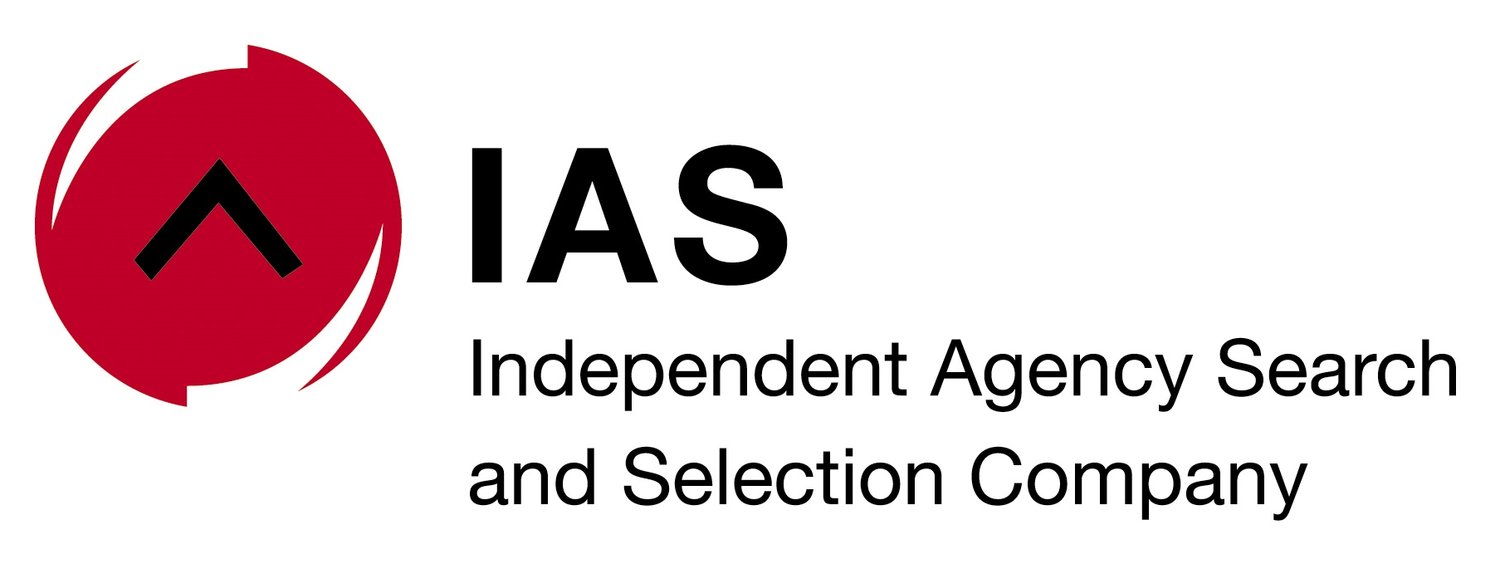Are the age-old billable hours starting to give way to the rise of output-based costing? It might be the case.
An insight from the 20th AdForum Global Summit held in May 2022 is that the internal agency management system, which has been used in the past 15 years to invoice clients has been in the doldrums for too long and that many agencies and marketers are keen to find new ways to manage costs.
They are therefore open to change that will be of benefit to both parties.
Simplifying deliverables and cost structures
Maintaining a successful marketer-agency relationship and meeting procurement requirements relies quite heavily on agreeing on fair remuneration for the work the agency does. Output-based fees are calculated on delivery of different elements of work such as cost per campaign, or cost per TV advertisement.
The key to the success is a good, solid scope of work enabling agencies to cast the budget more accurately over a 12-month period.
Agencies describe each marketing activity and attach deliverables and costs that are agreed upon upfront and can even include the generation and analysis of data across brands, markets and regions.
The output-based process means that the agency can resource the right people in the right place at the right time, and the entire procedure delivers fairness.
Marketers who have adopted this method have quickly seen the value in working this way, and intermediaries like the IAS support the introduction of this process wholeheartedly.
The same holds true for the procurement department in large corporates, which can recognise the system as sustainable and see the benefits offered over resource plans and billable hours – a system which has in many cases been problematic for the client and for the agency concerned.
Proper prior planning...
Looking at asset-based pricing and determining the content of a campaign upfront involves extra time at the outset of the relationship, but saves time, money and financial concerns throughout the project.
A client can determine what they would like to do with the budget they have and the agency can fit those assets into the plan – it’s a win-win solution that leads to a far better relationship where there’s no room for mistrust.
Everyone knows what they’re in for and can plan accordingly.
By creating an outline of what the next 12 months will look like, both parties can agree on costs and then gradually populate the framework, knowing how much budget is available over the coming months.
Our research and insights from AdForum Summit show that there are several extremely successful agencies working this way, so clearly it is both possible and desirable and can result in a much more robust business relationship between the two parties.

